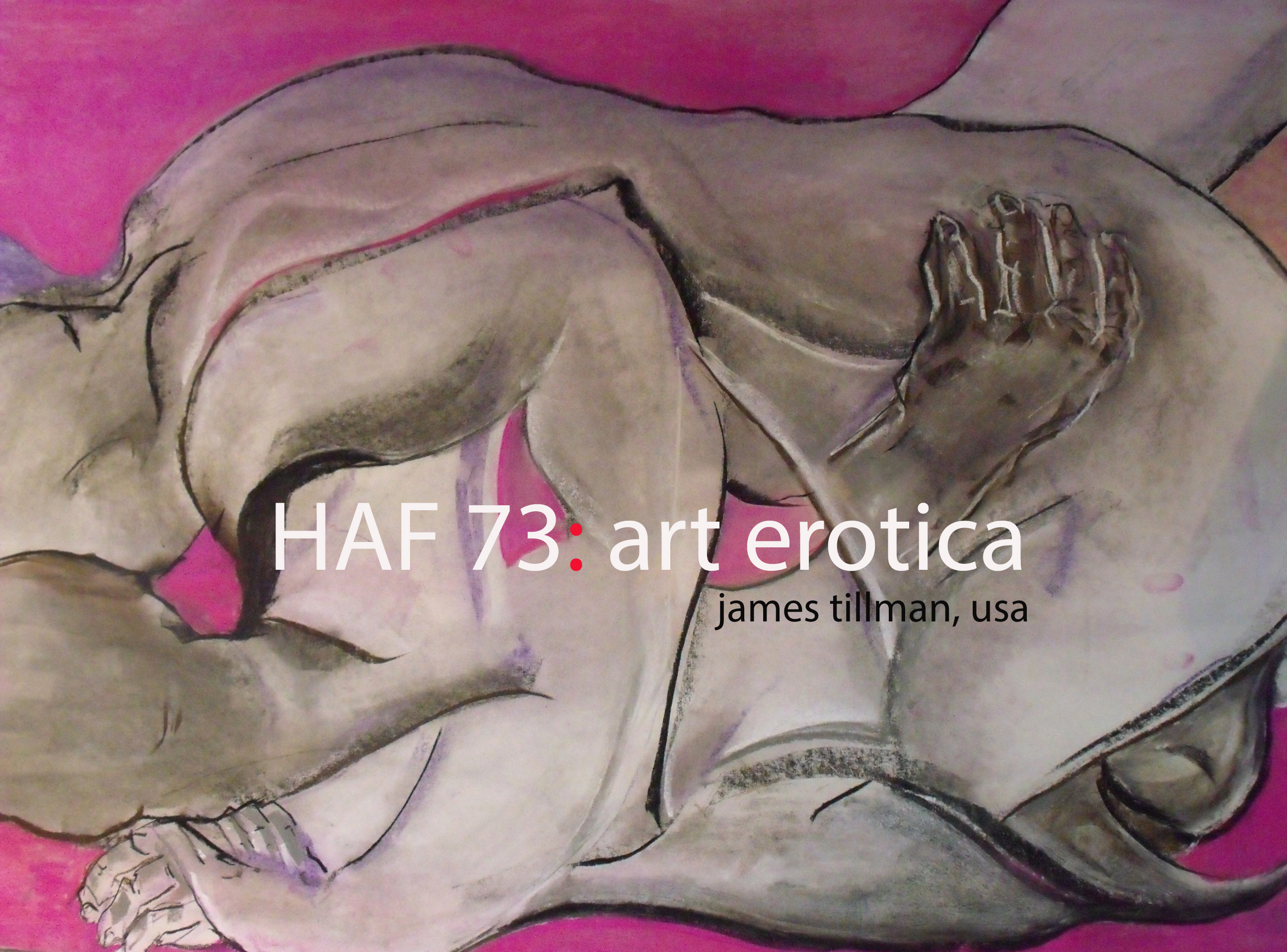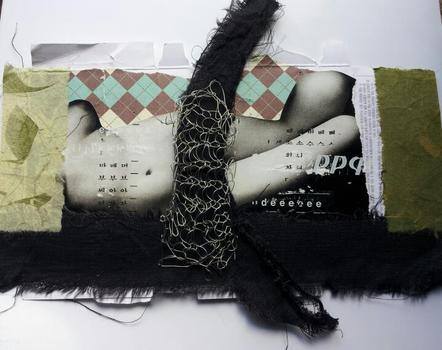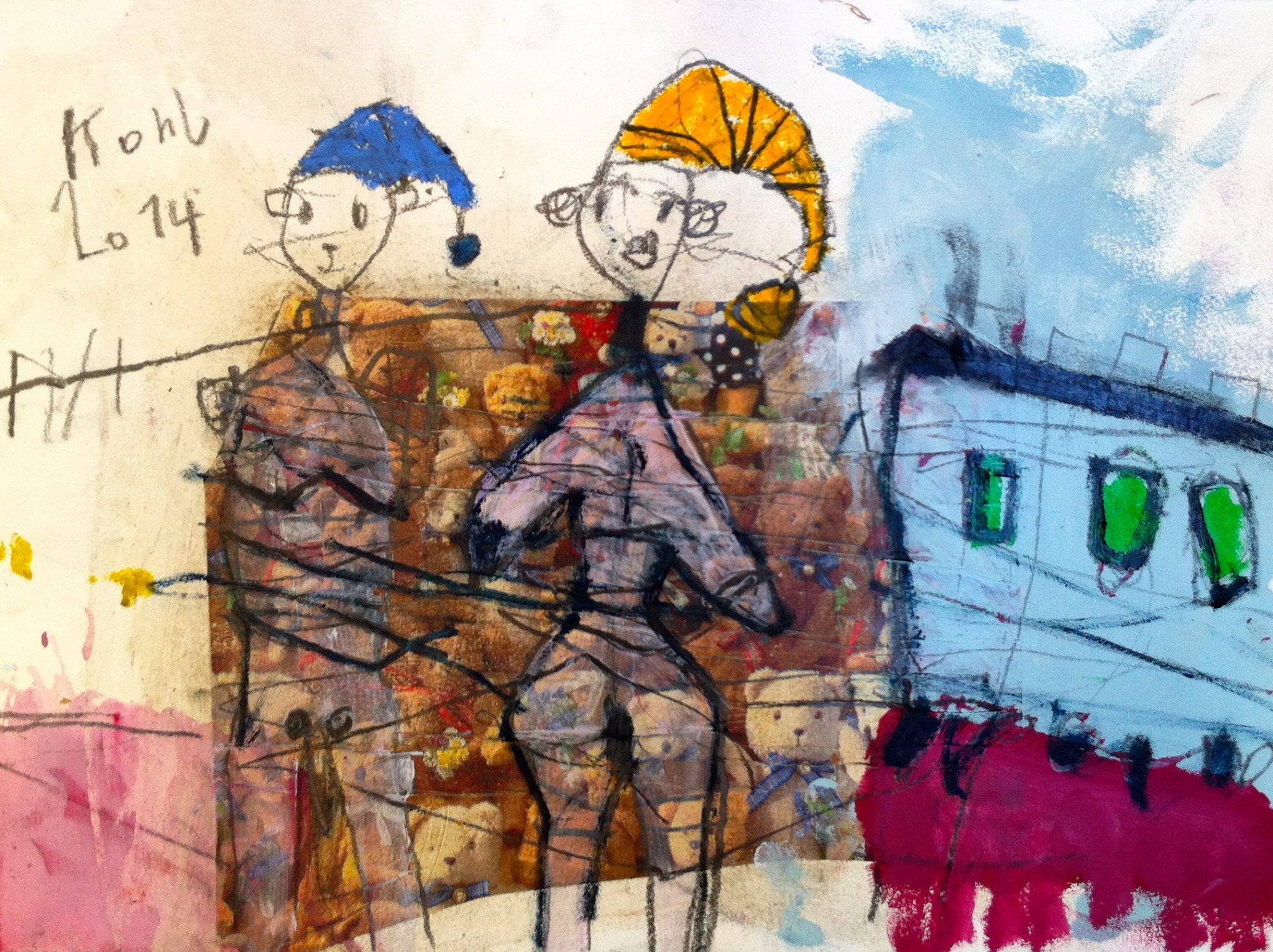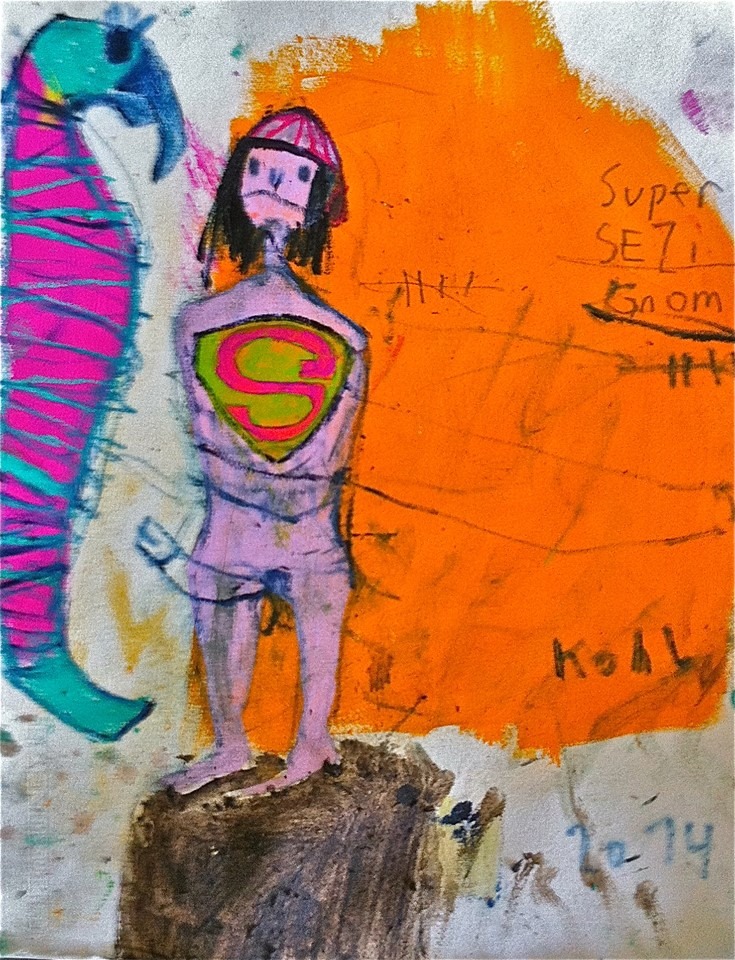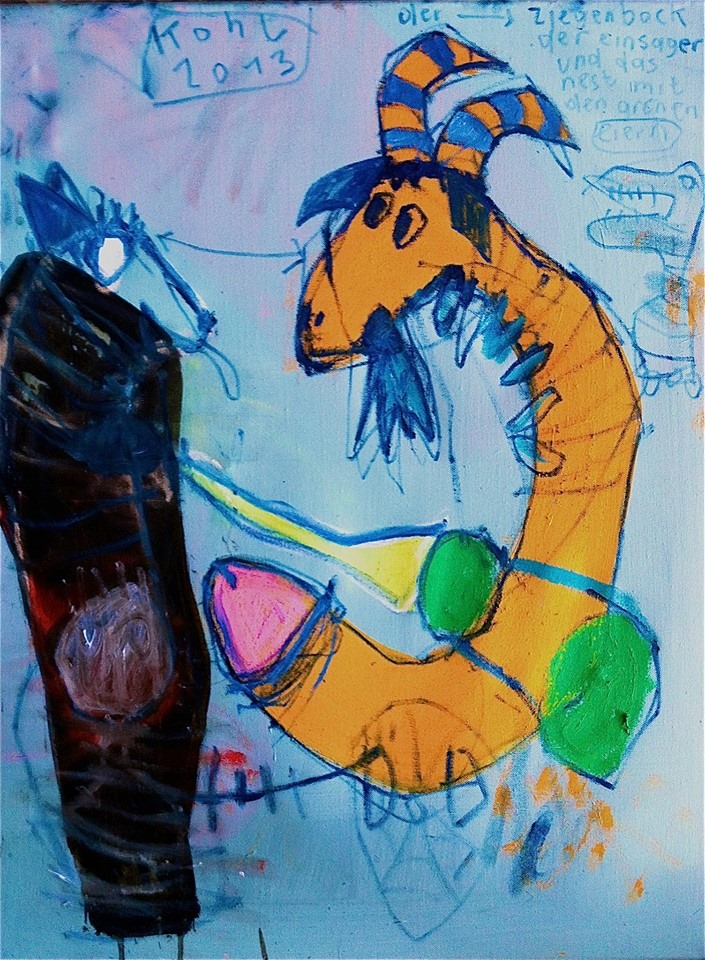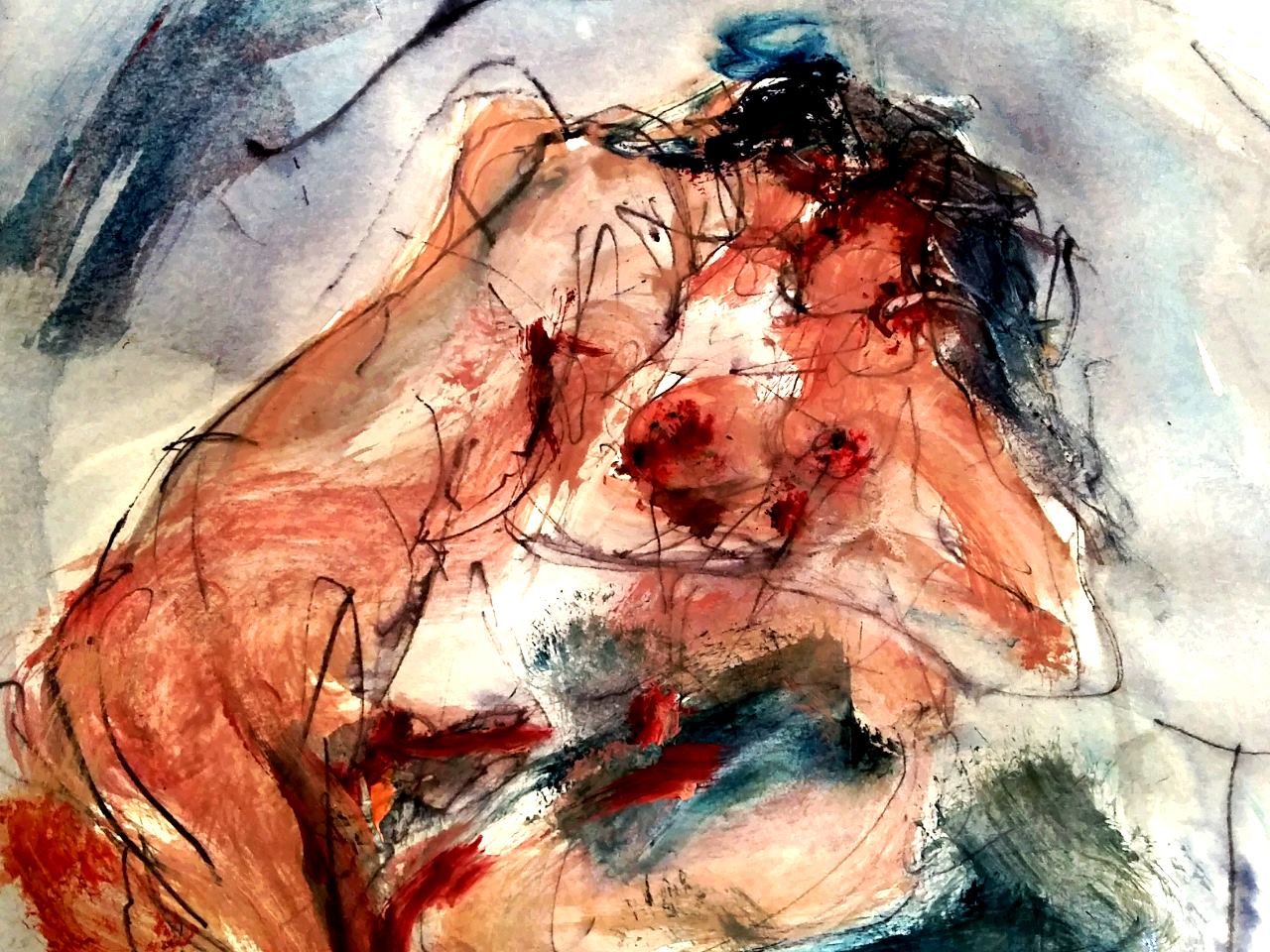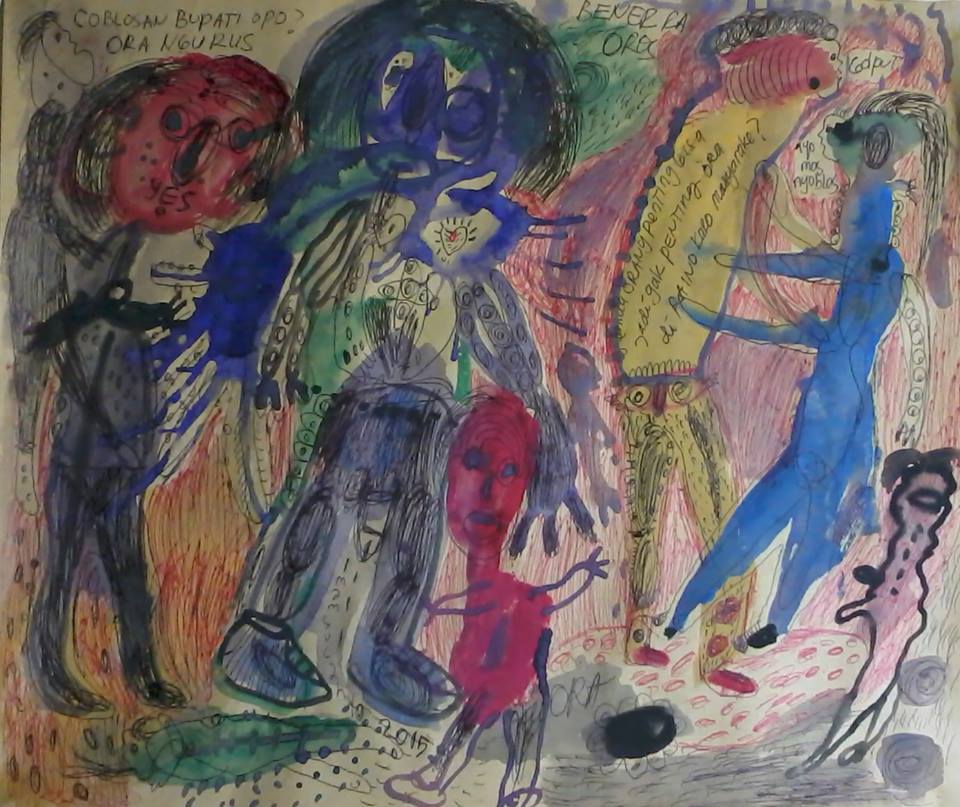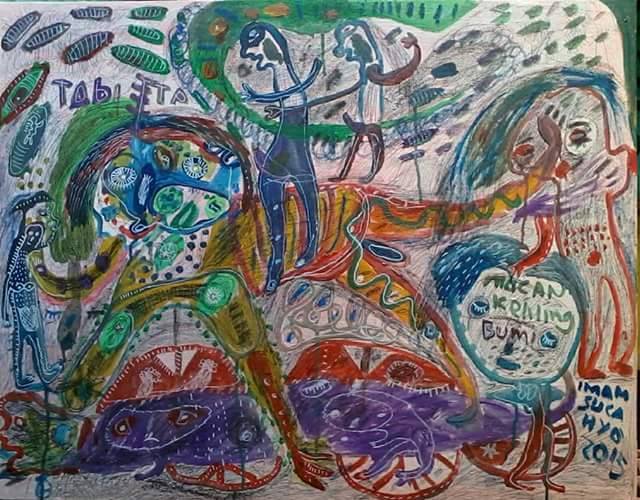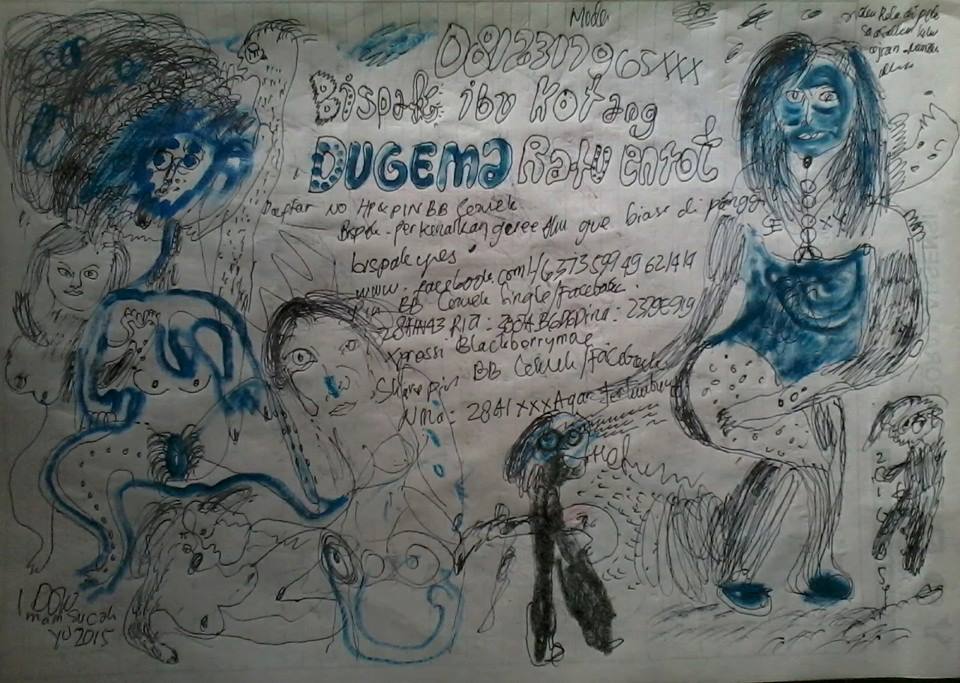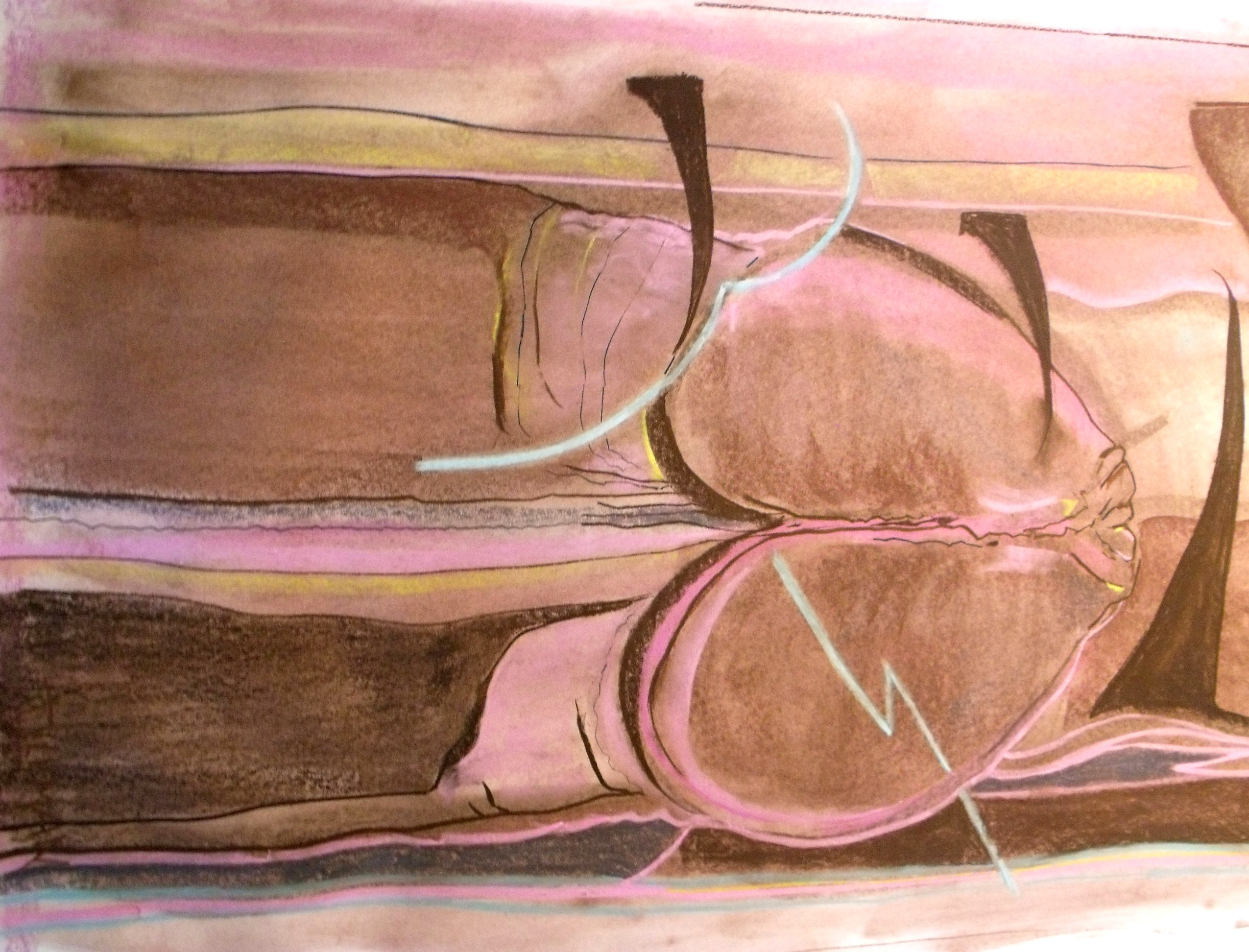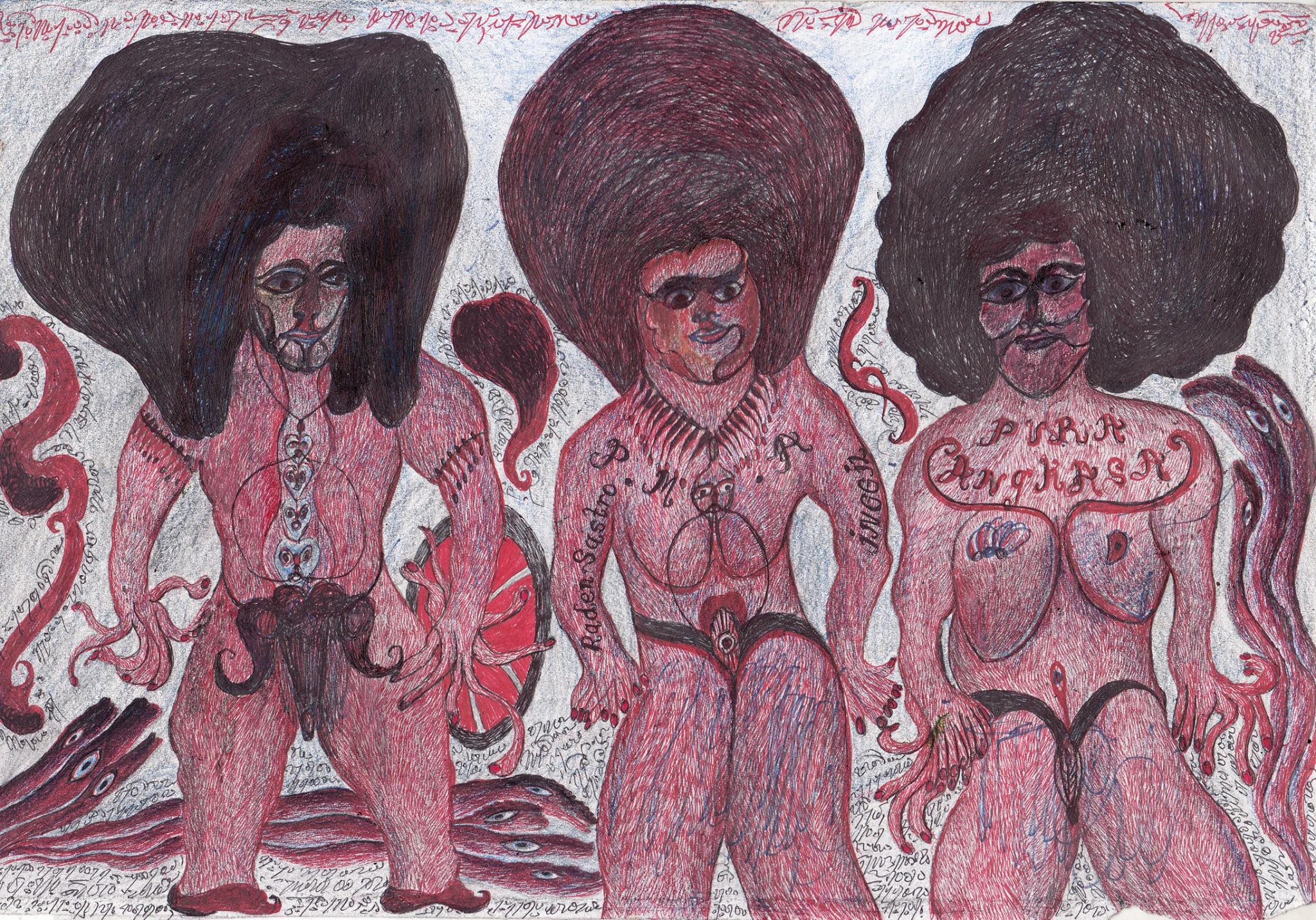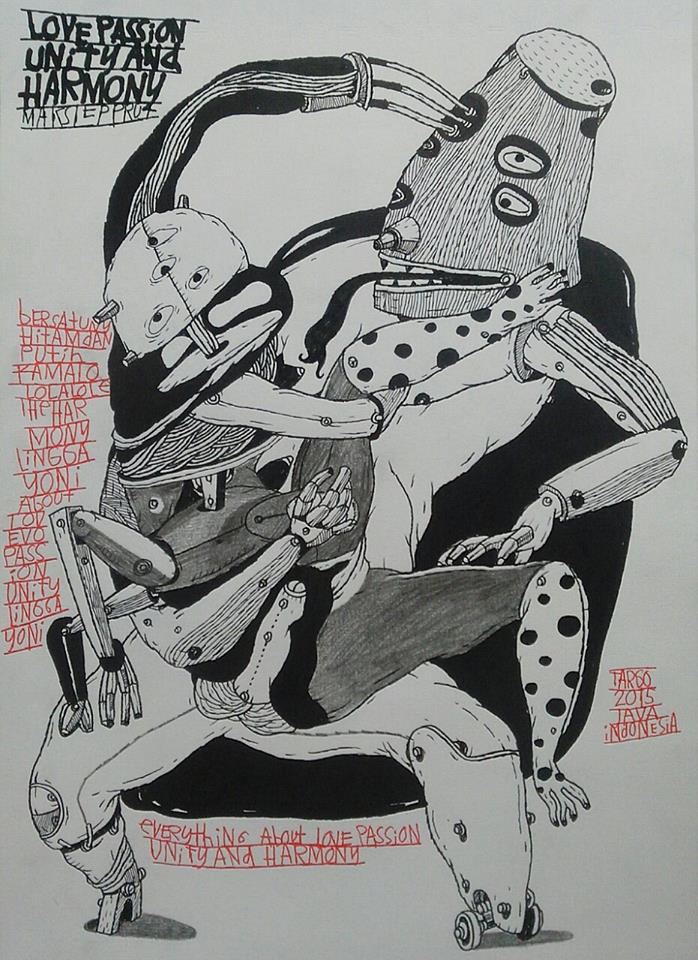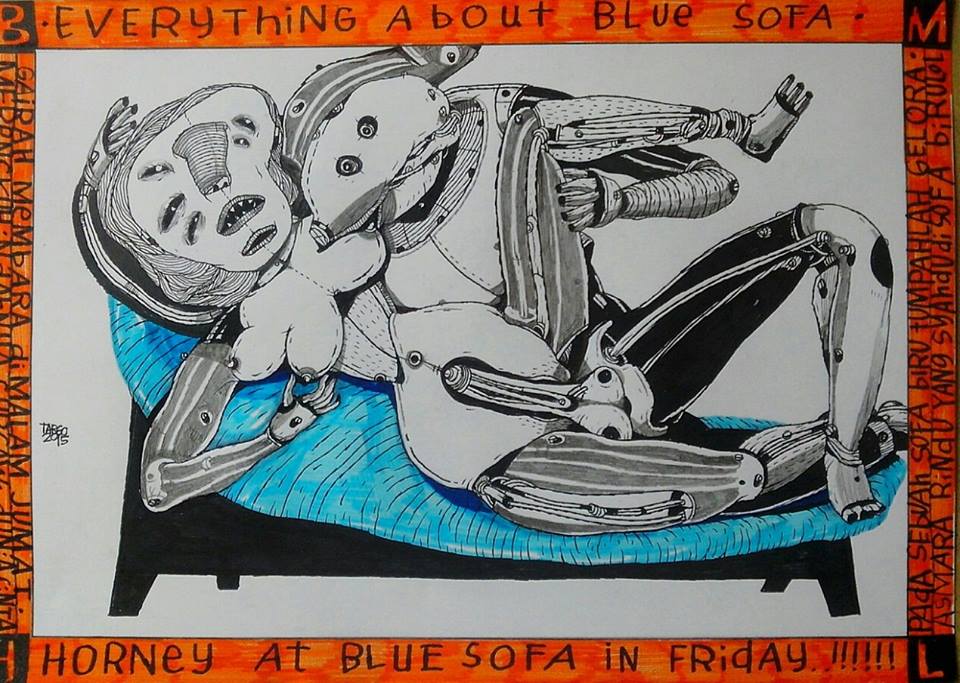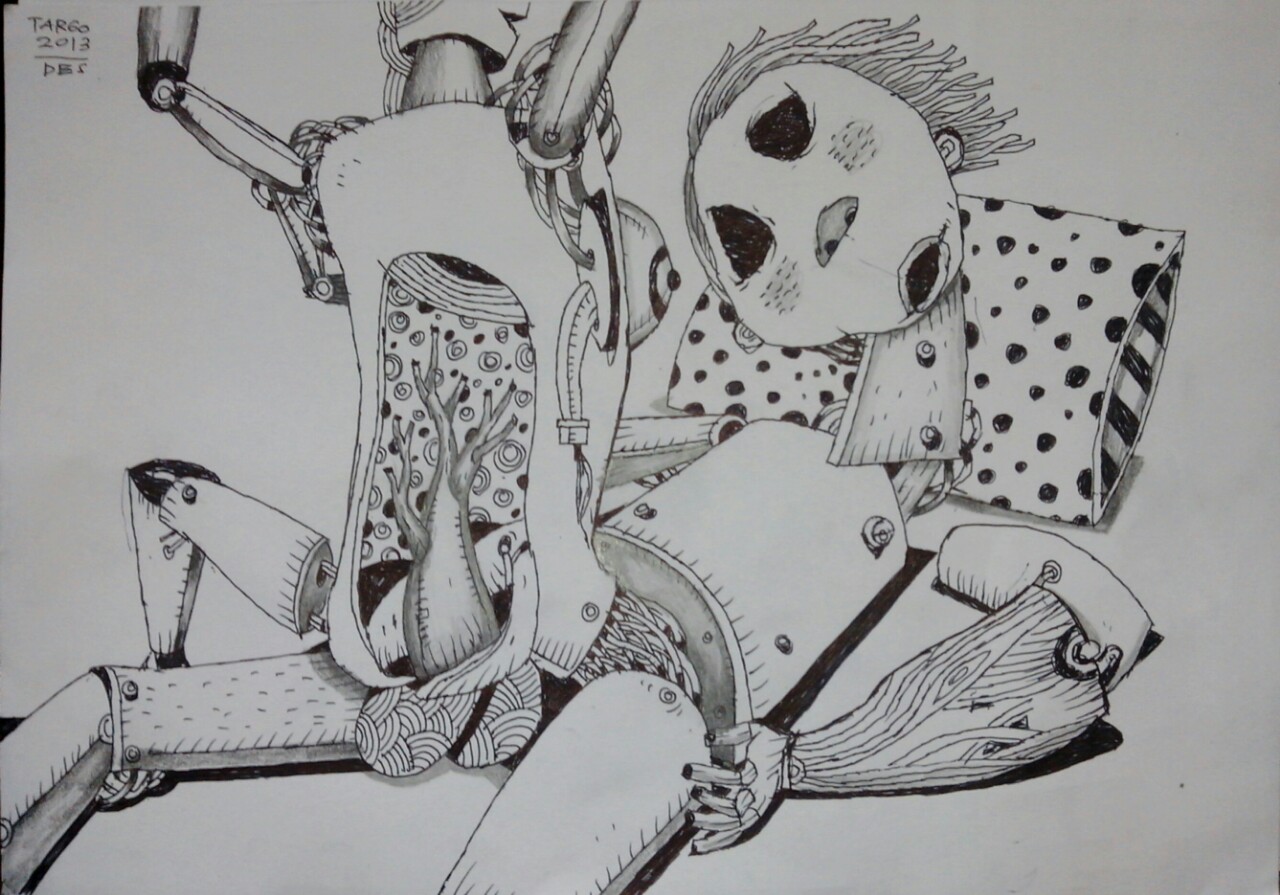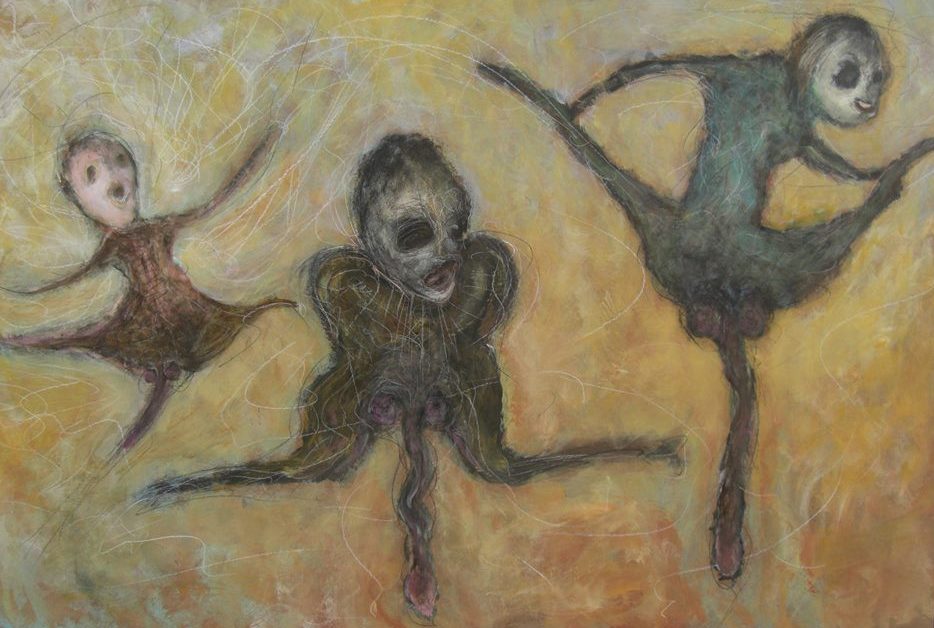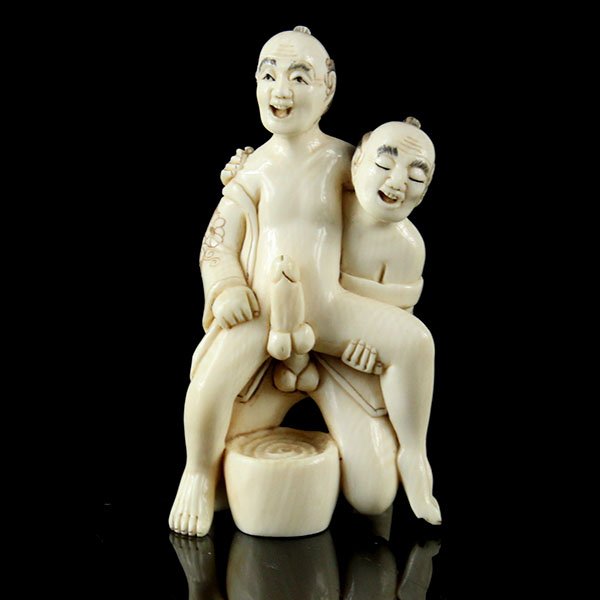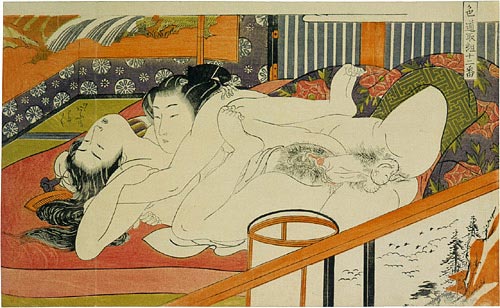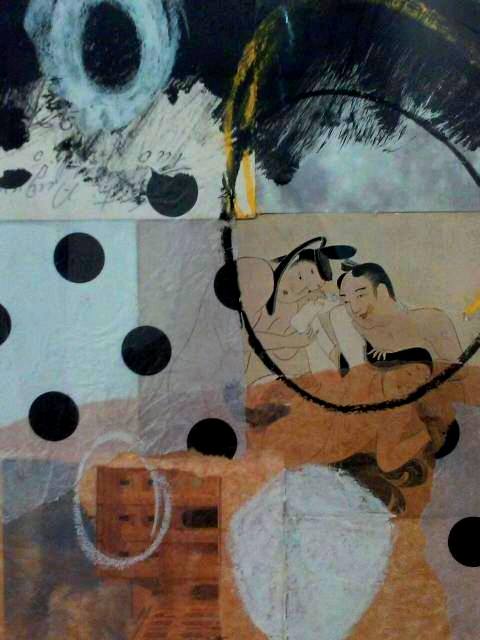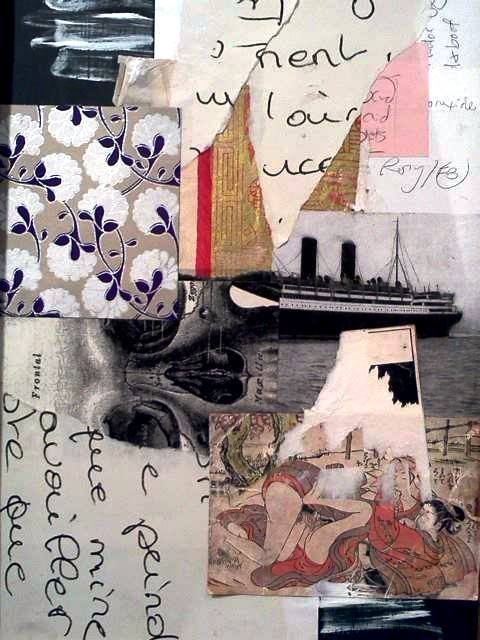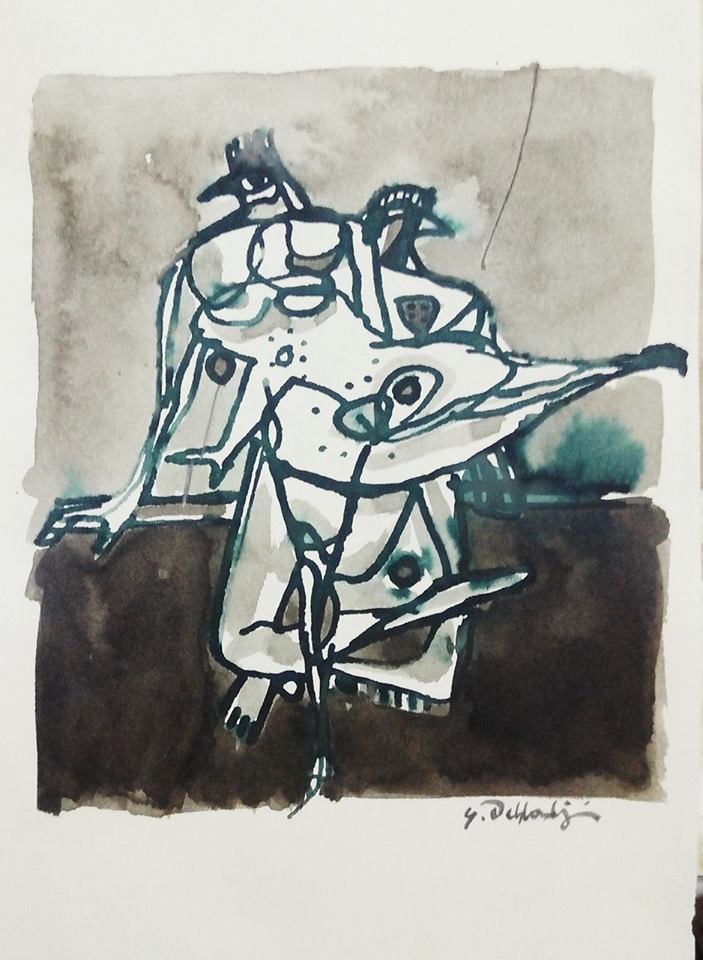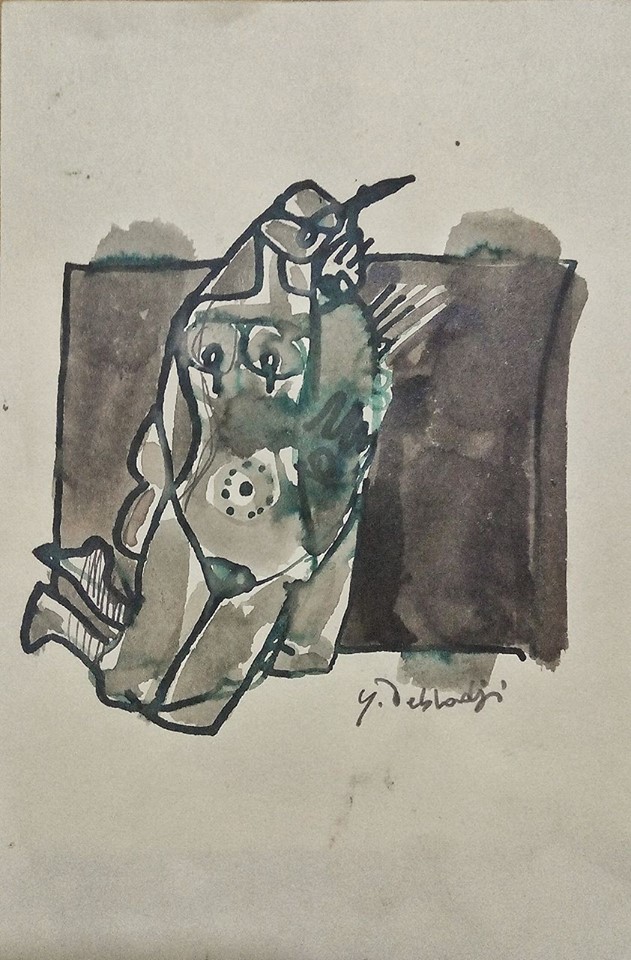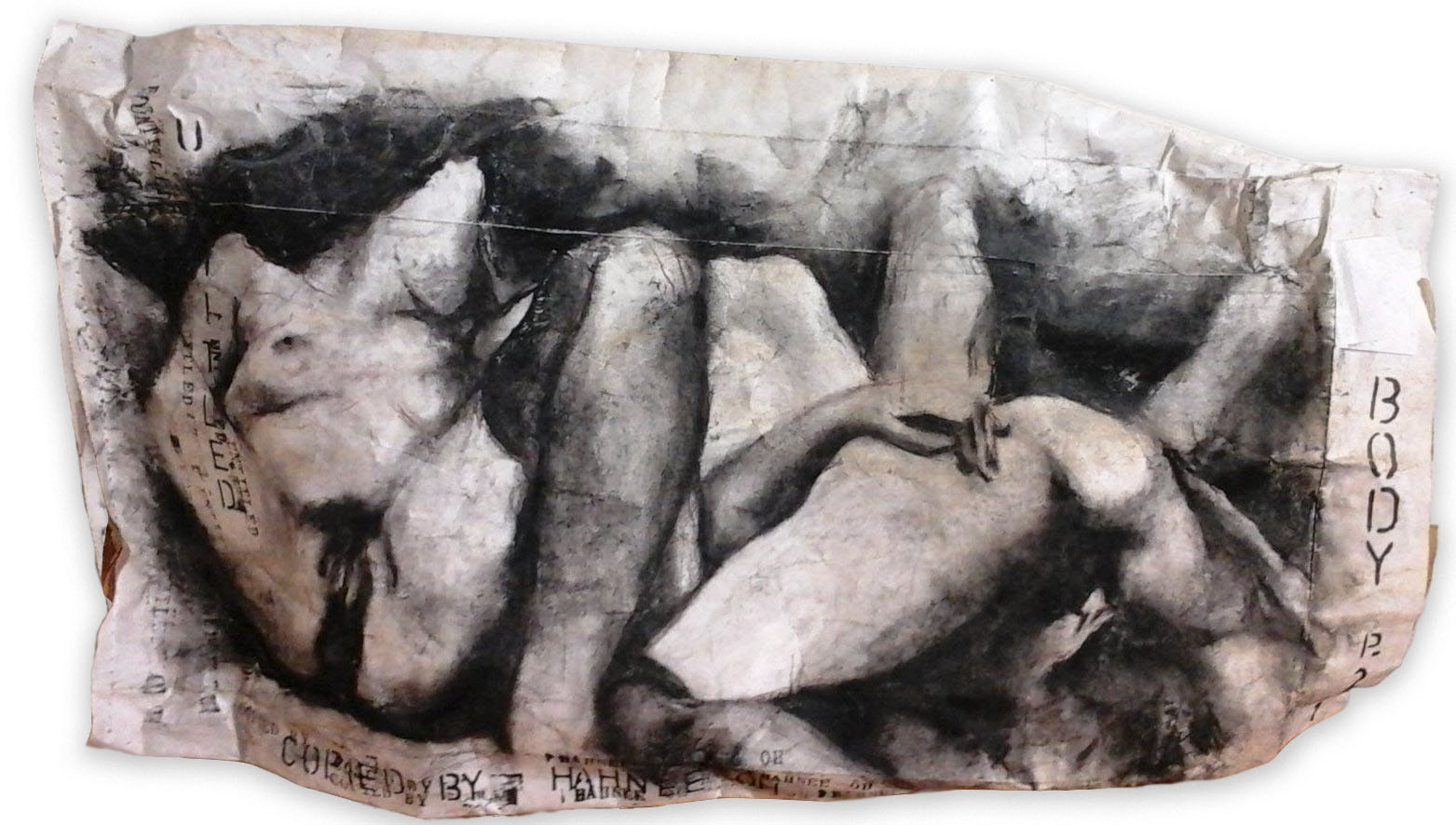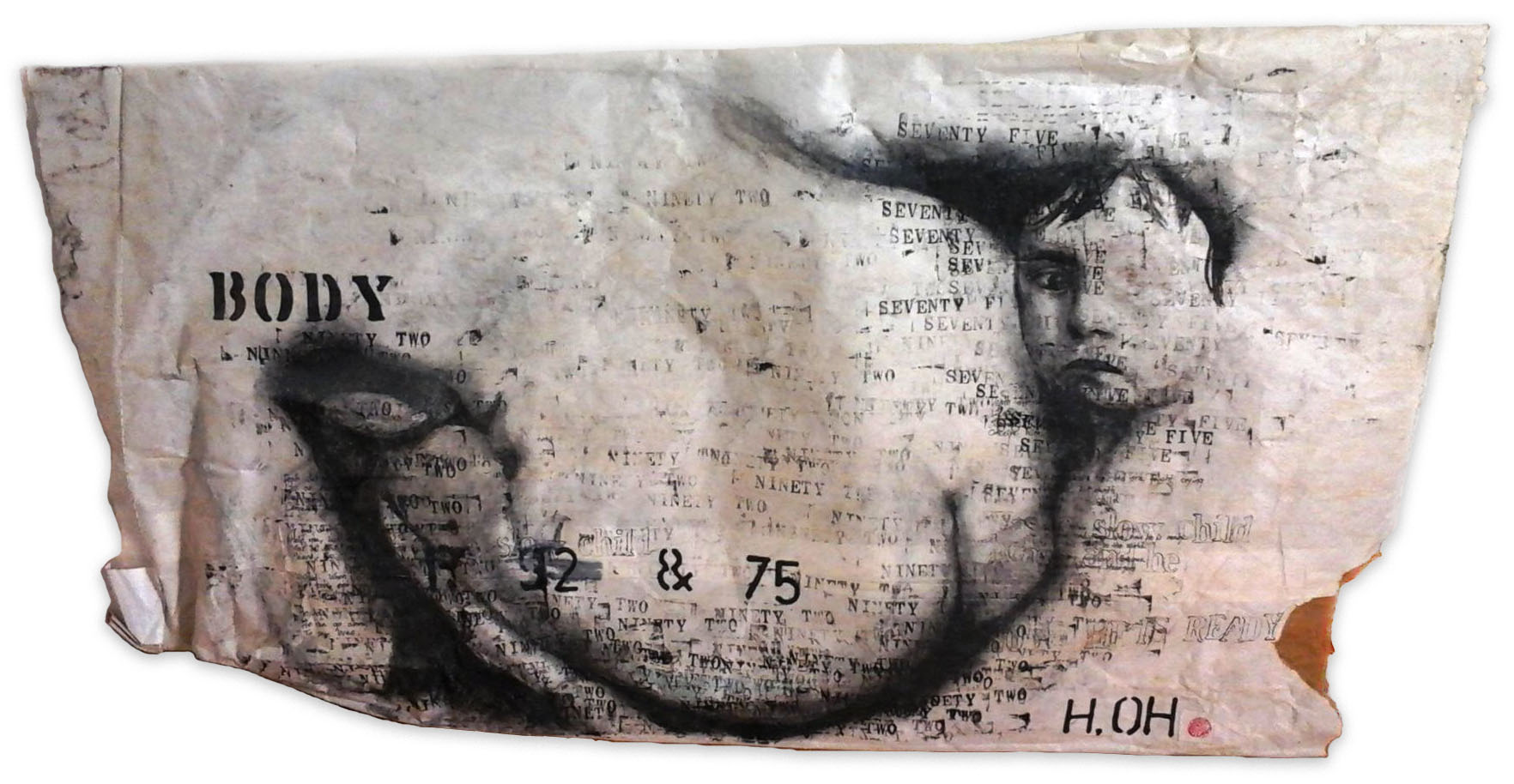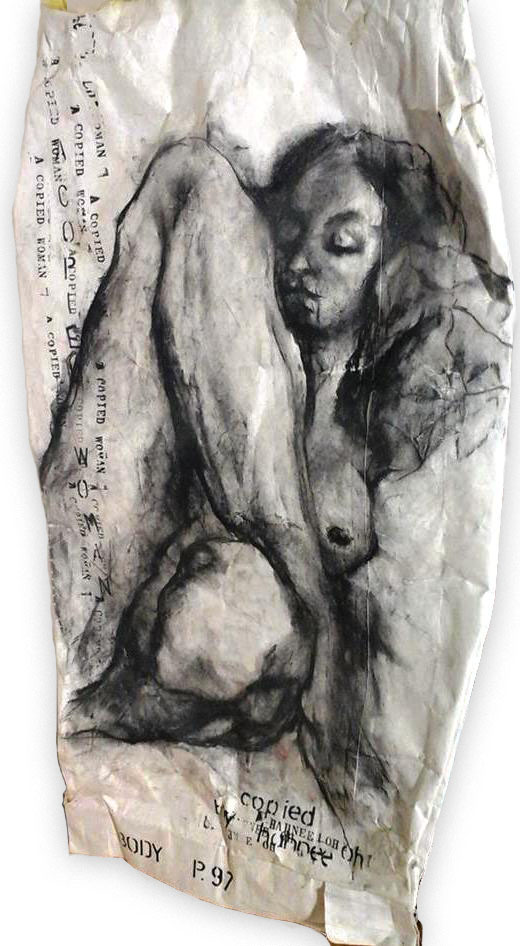Erotic art can be defined as any artistic work that is intended to evoke sexual arousal or that depicts scenes of love-making. Identifying erotic art is difficult because perceptions of what is erotic and what is art fluctuate. For example, a sculpture of a phallus in some African cultures may be considered a traditional symbol of potency though not overtly erotic.
The work in HAF 73: art erotica not only presents a theme of sex, but more importantly the manner in which the art form depicts it. Our society puts a great value on the moral strings attached to human sexuality. If you look at historical, art-related accounts of how sex is presented, you will find that some cultures documented it in both two and three dimensional iconography mediums, naturalizing the act. Our contemporary society, having been informed by Christianity, has regarded such representations as matters of moral judgment.
The show presents the work of twelve HAF members from Austria, Iran, Germany, Indonesia, France, Korea and the United States. This show is dedicated to my longtime friend and fellow artist, James Tillman, USA. Upon James’s passing over fifteen years ago, I found a trove of works locked away in his storage unit, most of which I had never seen before. Rightly so, I have incorporated several of his homoerotic works in this presentation.
Early European Christian influence on Native American social structure, sheds some light on why we are the way we are. Before European Christians assimilated the indigenous peoples, forcing gender roles upon them, most Native Americans acknowledged five genders. There was no set of rules that men and women were required to follow to be considered ‘normal’ members of their society. In fact, people that possessed both female and male characteristics were revered as being gifted by nature, endowed with the ability to see the world with a unique perspective.
History does confirm that we have always engaged in the documentation of human sexuality through art. The theme was reflected on the caves of the Paleolithic period and on the pottery of the Moche of ancient Peru. The ancient Greeks painted sexual scenes on their ceramics, many of them famous for being some of the earliest depictions of homoeroticism and pederasty—a socially acknowledged sexual relationship between an adult and a younger male. In fact, there are numerous sexually explicit paintings on the walls of ruined Roman buildings in Pompeii.
Additionally, there has been a long tradition of erotic painting in Eastern cultures. Japanese art, called “shunga,” a term for erotic art, appeared in the 13th century and continued to grow in popularity until the late 19th century when photography was invented. Most shunga were executed in woodblock print format. Meanwhile, Chinese erotic art reached its peak of popularity during the late Ming Dynasty (1368 -1644). In India, the famous Kama Sutra (5th century CE) is an ancient sex manual that is still popularly read throughout the world.



